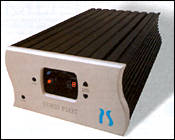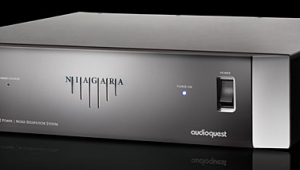| Columns Retired Columns & Blogs |
Webnomics Technologies is a asp web development and outsourcing company providing affordable design and development services. Now a new project of Virtual IT launched as a Virtual IT ....(Forex Trading ) Webnomics technologies has their expertise in Forex Market and travel industry which provide most latest Forex Trading, Forex Broker and updates. Webnomics Technologies also have travel services for the one Cheap Trip Booking booking. Webnomics technologies has a software development department to provide Modern Software | Best Travel Deals | Travel Insurance | web development
 I am, of course, talking about the PS Audio P300 Power Plant.
I am, of course, talking about the PS Audio P300 Power Plant. 
































